
Buy Clean
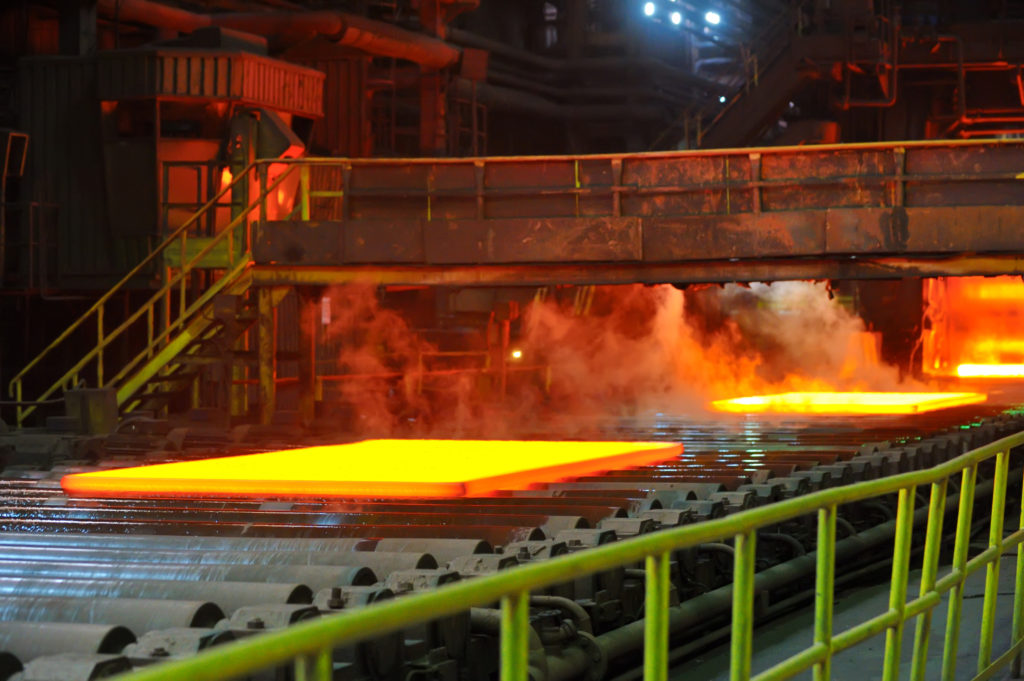
How Clean is the U.S. Steel Industry?
Steel produced in the United States is among the cleanest in the world when it comes to carbon emissions, but the U.S. still imports large amounts of steel from countries with higher carbon intensity, according to an April 2022 study commissioned by the BlueGreen Alliance. The study found that the U.S. ranks first among major steel producing nations and second worldwide—just after Italy—in producing the cleanest, lowest-carbon steel.
The report also found that globally, Global steel production has more than doubled between 2000 and 2020. China accounted for 53% of global steel production in 2020. Under the current policy and technology regime, the energy use and GHG emissions of the steel industry are likely to continue increasing because the increased demand for steel, particularly in developing countries, is outpacing the incremental decreases in the energy and CO2 emissions intensity of steel production happening.
Deep Decarbonization Roadmap for the Cement and Concrete Industries in California
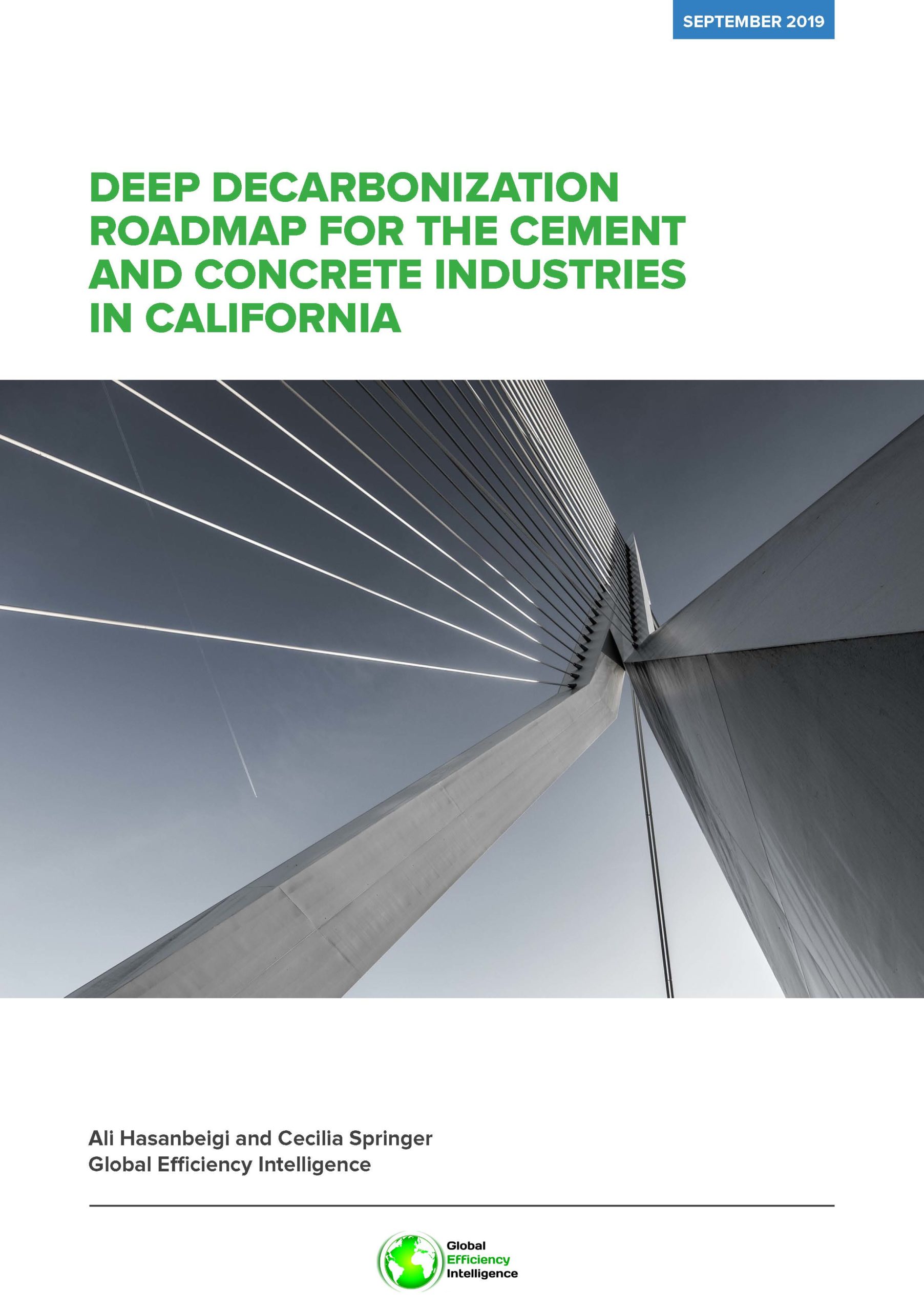 Building on the early 2019 report California’s Cement Industry: Failing the Climate Challenge, the goal of this study is to develop a roadmap for decarbonization of California’s cement and concrete production. This study, looks at the current status of cement and concrete production in California and develops scenarios up to 2040 to analyze different decarbonization levers that can help to reduce CO2 emissions of cement and concrete production in the state.
Building on the early 2019 report California’s Cement Industry: Failing the Climate Challenge, the goal of this study is to develop a roadmap for decarbonization of California’s cement and concrete production. This study, looks at the current status of cement and concrete production in California and develops scenarios up to 2040 to analyze different decarbonization levers that can help to reduce CO2 emissions of cement and concrete production in the state.
Curbing Carbon from Consumption: The Role of Green Public Procurement
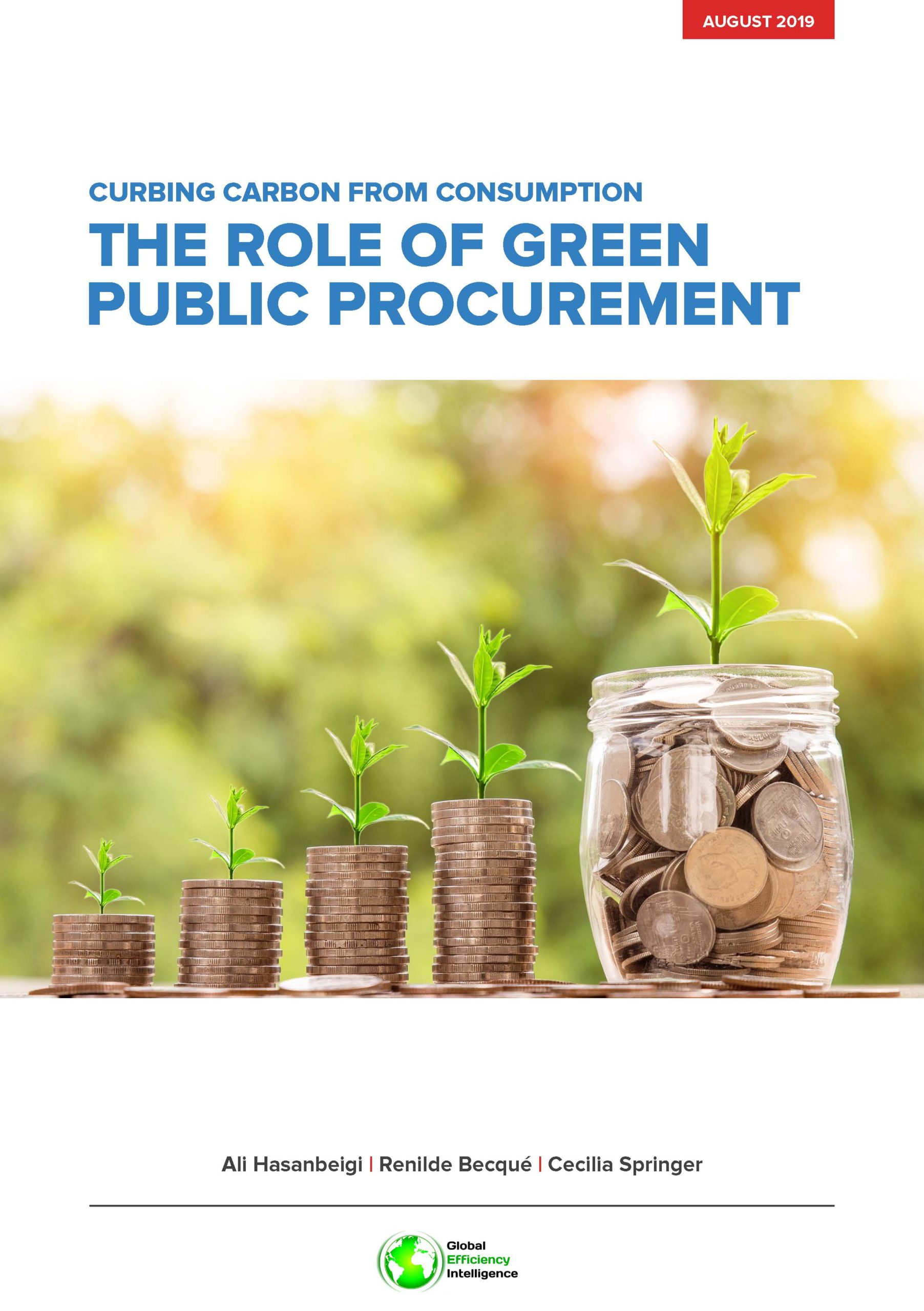 A wide range of countries around the world practice some form of Green Public Procurement (GPP) to promote products and materials that are more environmentally friendly and have lower energy or carbon footprint. This report looks at 30 of those programs, 22 of which are countries in Asia, Europe, North and South America, Africa, and Oceania, and five case-studies at the city and regional level, as well as GPP programs of three multi-lateral banks and the UN to promote sustainable production and consumption. Fifteen of the countries we reviewed are among the top 20 GHG-emitting nations. The GPP programs included in this study are at country-, state-, region-, or city- level.
A wide range of countries around the world practice some form of Green Public Procurement (GPP) to promote products and materials that are more environmentally friendly and have lower energy or carbon footprint. This report looks at 30 of those programs, 22 of which are countries in Asia, Europe, North and South America, Africa, and Oceania, and five case-studies at the city and regional level, as well as GPP programs of three multi-lateral banks and the UN to promote sustainable production and consumption. Fifteen of the countries we reviewed are among the top 20 GHG-emitting nations. The GPP programs included in this study are at country-, state-, region-, or city- level.
Buy Clean Washington Study
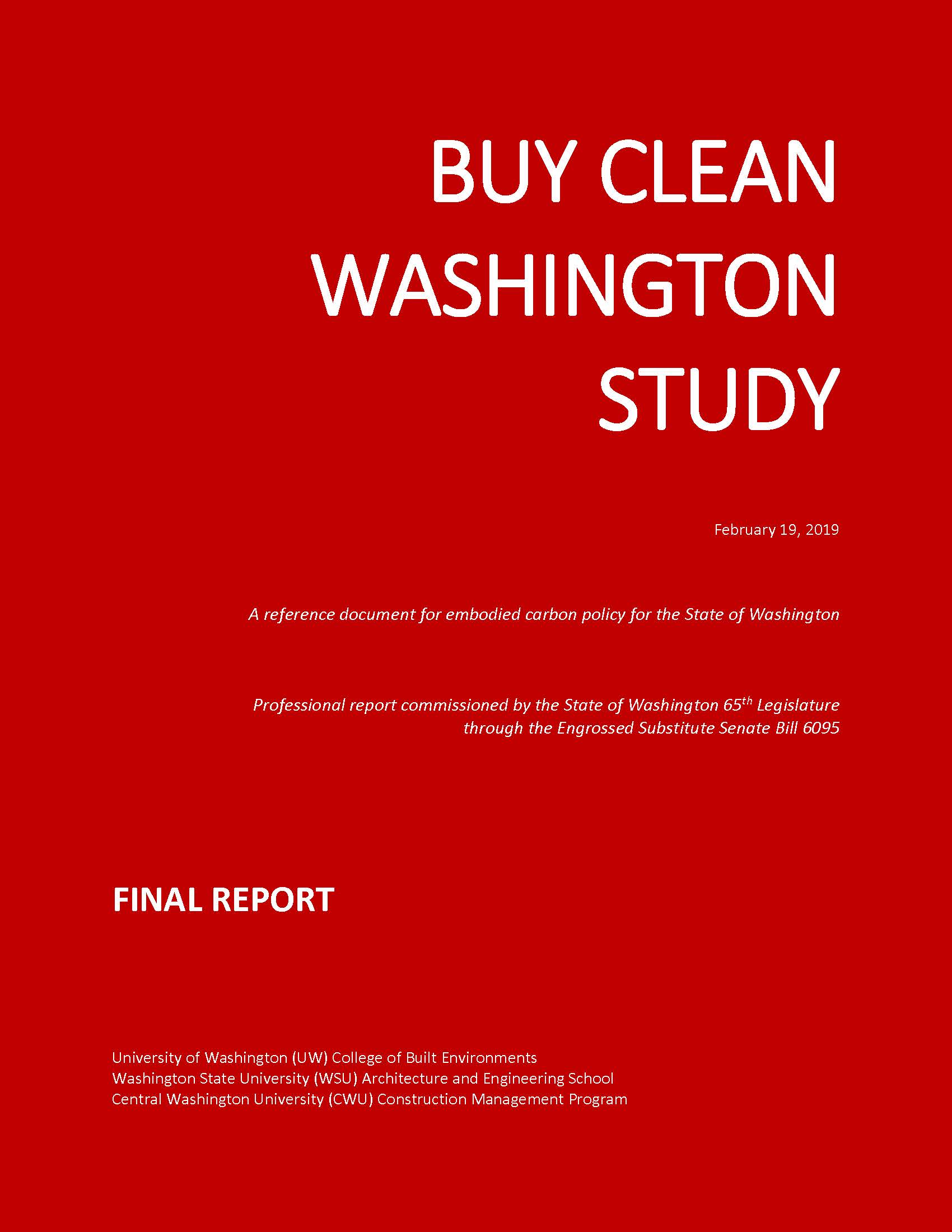 On January 8, 2018, members of the Washington State House of Representatives introduced House Bill (HB) 2412 – Creating the Buy Clean Washington Act to the state legislature. Modeled after the Buy Clean California Act, HB 2412 proposed that Washington state authorities awarding construction contracts must require environmental product declaration for an eligible list of materials. Although the bill did not advance to voting in the 2018 legislative session, a pilot project and study was included in the capital budget. The capital budget authorized the UW College of Built Environments to collaborate with the Central Washington University Construction Management Program and the Washington State University Architecture and Engineering School to “analyze existing embodied carbon policy and propose methods to categorize structural materials and report structural material quantities and origins.”
On January 8, 2018, members of the Washington State House of Representatives introduced House Bill (HB) 2412 – Creating the Buy Clean Washington Act to the state legislature. Modeled after the Buy Clean California Act, HB 2412 proposed that Washington state authorities awarding construction contracts must require environmental product declaration for an eligible list of materials. Although the bill did not advance to voting in the 2018 legislative session, a pilot project and study was included in the capital budget. The capital budget authorized the UW College of Built Environments to collaborate with the Central Washington University Construction Management Program and the Washington State University Architecture and Engineering School to “analyze existing embodied carbon policy and propose methods to categorize structural materials and report structural material quantities and origins.”
California’s Cement Industry: Failing the Climate Challenge
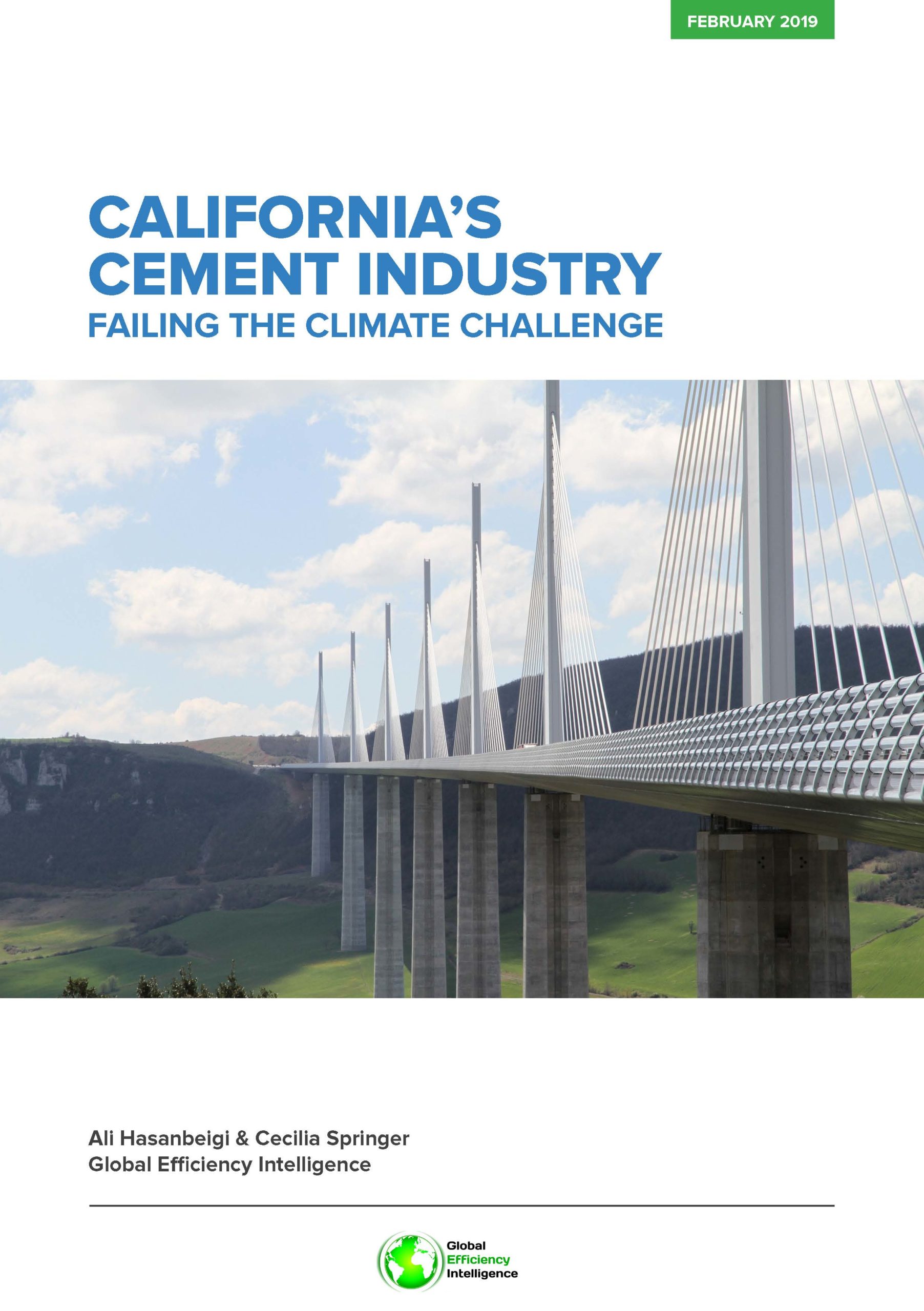 The findings of this report show that California’s cement industry is not yet a part of the transition to a low-carbon cement and concrete sector. The state’s cement factories are the largest consumers of coal and petroleum coke in California; in fact, California’s cement factories have higher emissions per ton of cement than similar factories in China, India, and other major cement-producing regions.
The findings of this report show that California’s cement industry is not yet a part of the transition to a low-carbon cement and concrete sector. The state’s cement factories are the largest consumers of coal and petroleum coke in California; in fact, California’s cement factories have higher emissions per ton of cement than similar factories in China, India, and other major cement-producing regions.
California’s aging and inefficient cement production facilities are substantially dirtier than new facilities in countries like China and India. The opportunity to clean up California’s cement industry is significant.
The Carbon Loophole in Climate Policy: Quantifying the Embodied Carbon in Traded Products
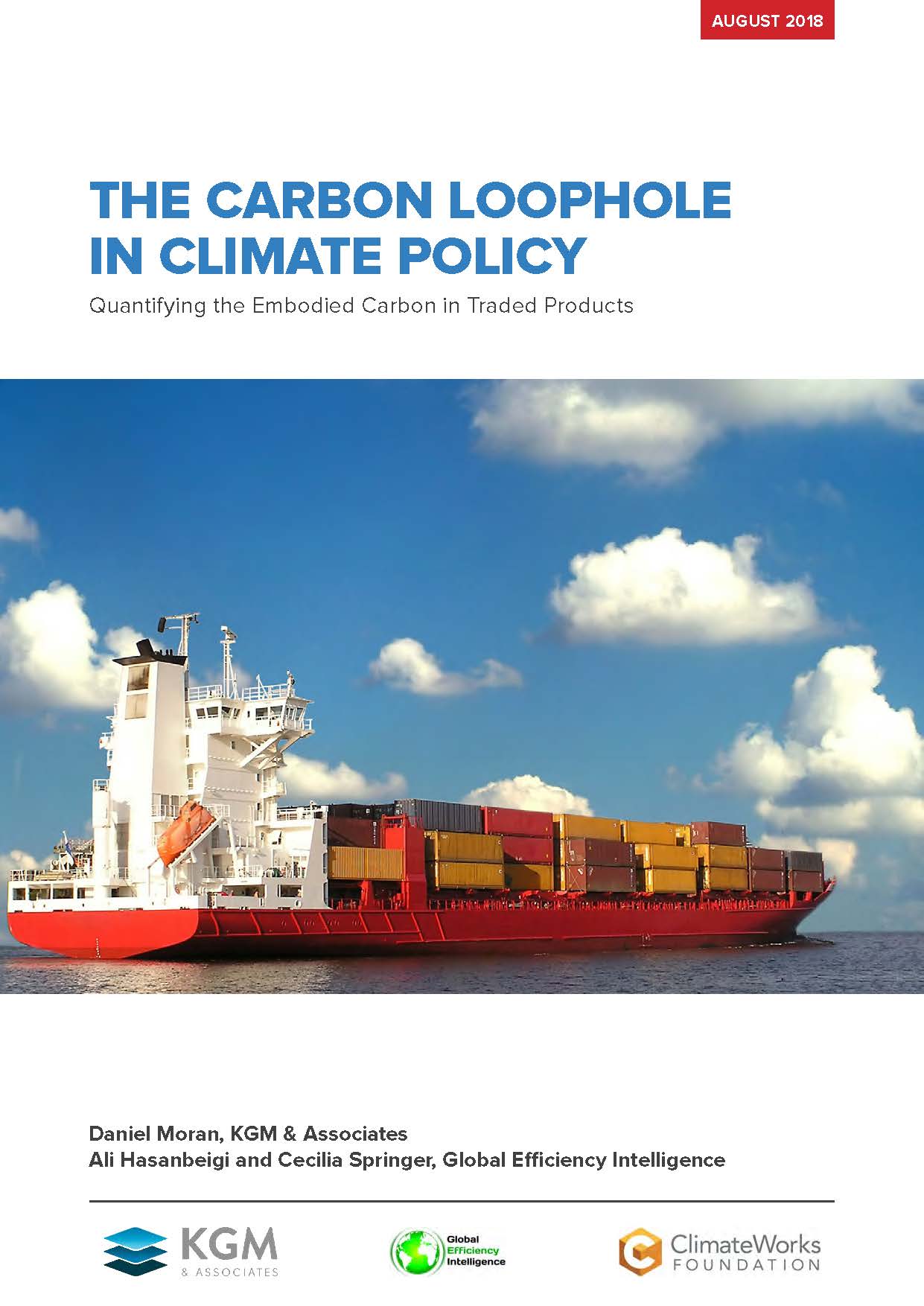 The carbon loophole refers to the embodied greenhouse gas emissions associated with production of goods that are ultimately traded across countries. These emissions are a growing issue for global efforts to decarbonize the world economy. Embodied emissions in trade are not accounted for in current greenhouse gas accounting systems. If they were, many promising climate trends would be negated or reversed. For example, many achievements of reducing emissions by developed countries under the Kyoto Protocol would actually appear as emissions outsourced to developing countries. This report aims to provide a newly updated analysis of the carbon loophole, also known as imported consumption-based or embodied emissions, at the global level.
The carbon loophole refers to the embodied greenhouse gas emissions associated with production of goods that are ultimately traded across countries. These emissions are a growing issue for global efforts to decarbonize the world economy. Embodied emissions in trade are not accounted for in current greenhouse gas accounting systems. If they were, many promising climate trends would be negated or reversed. For example, many achievements of reducing emissions by developed countries under the Kyoto Protocol would actually appear as emissions outsourced to developing countries. This report aims to provide a newly updated analysis of the carbon loophole, also known as imported consumption-based or embodied emissions, at the global level.
How Clean is the U.S. Steel Industry? (2019)
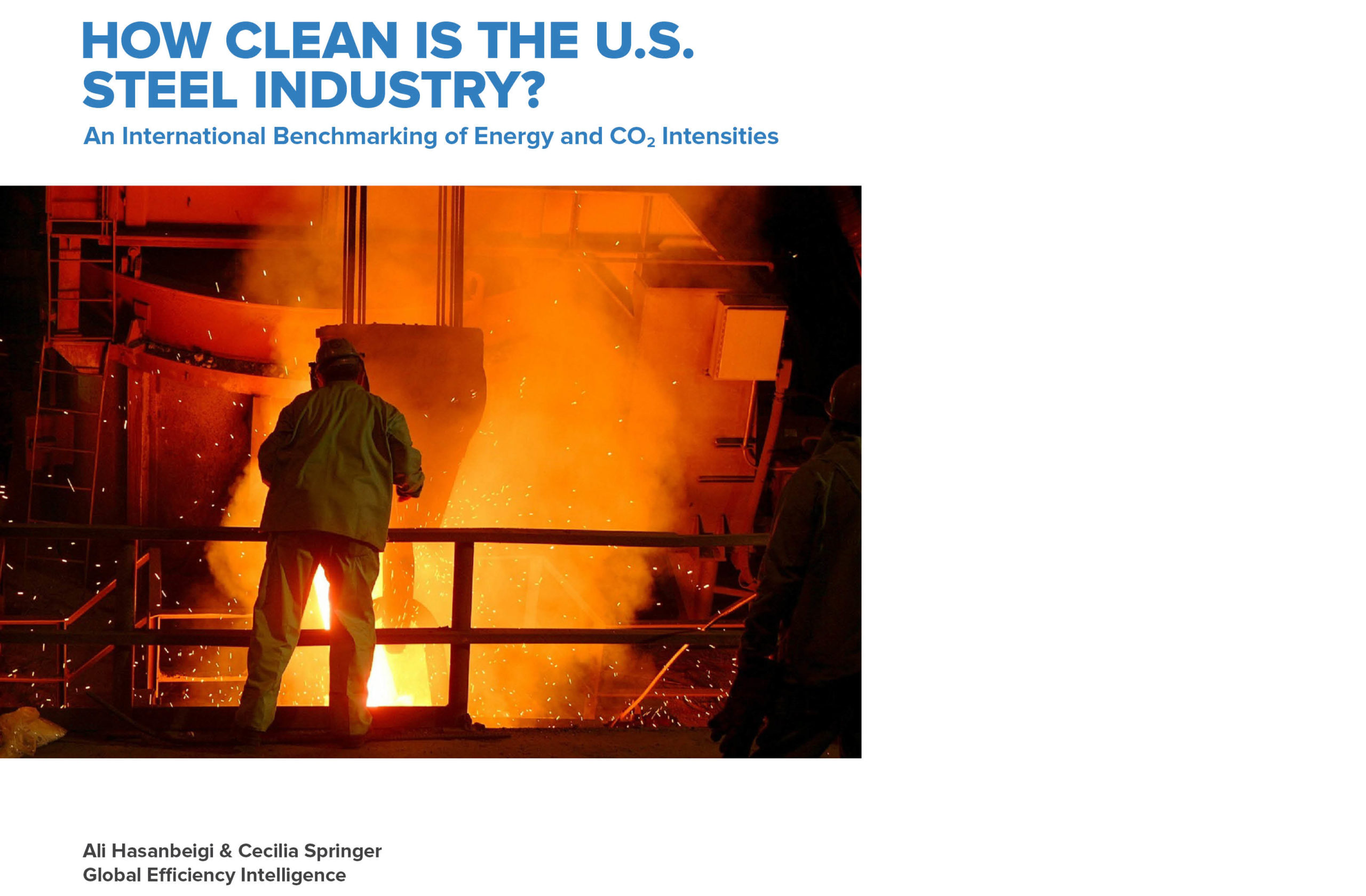
Steel produced in the United States is among the cleanest in the world when it comes to carbon emissions, but the U.S. still imports large amounts of steel from countries with higher carbon intensity, according to a November 2019 study commissions by the BlueGreen Alliance. The study found that the U.S. ranks fourth worldwide—just after Italy, Spain, and Turkey—in producing the cleanest, lowest-carbon steel.
The report also found the globally, the iron and steel industry account for 25% of greenhouse gas emissions in the industrial sector, or over 6% of global GHG emissions. Additionally, energy use and GHG emissions from iron and steel is likely to continue increasing because demand for steel is growing faster than efforts to reduce emissions.
Aluminum Climate Impact An International Benchmarking of Energy and CO2 Intensities
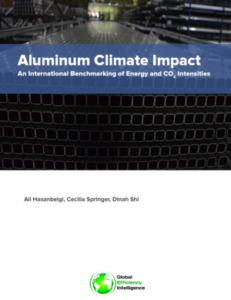 Aluminum production accounts for 2 percent of global carbon dioxide (CO2) emissions. World aluminum production has more than doubled between 2000 and 2020. Much of this growth in production came from China, which accounted for 57 percent of global aluminum production in 2020. The energy use and greenhouse gas (GHG) emissions of the aluminum industry are likely to continue increasing because the increased demand for aluminum, particularly in developing countries, is outpacing the incremental decreases in energy and CO2 emissions intensity of aluminum production that are happening under the current policy and technology regime.
Aluminum production accounts for 2 percent of global carbon dioxide (CO2) emissions. World aluminum production has more than doubled between 2000 and 2020. Much of this growth in production came from China, which accounted for 57 percent of global aluminum production in 2020. The energy use and greenhouse gas (GHG) emissions of the aluminum industry are likely to continue increasing because the increased demand for aluminum, particularly in developing countries, is outpacing the incremental decreases in energy and CO2 emissions intensity of aluminum production that are happening under the current policy and technology regime.